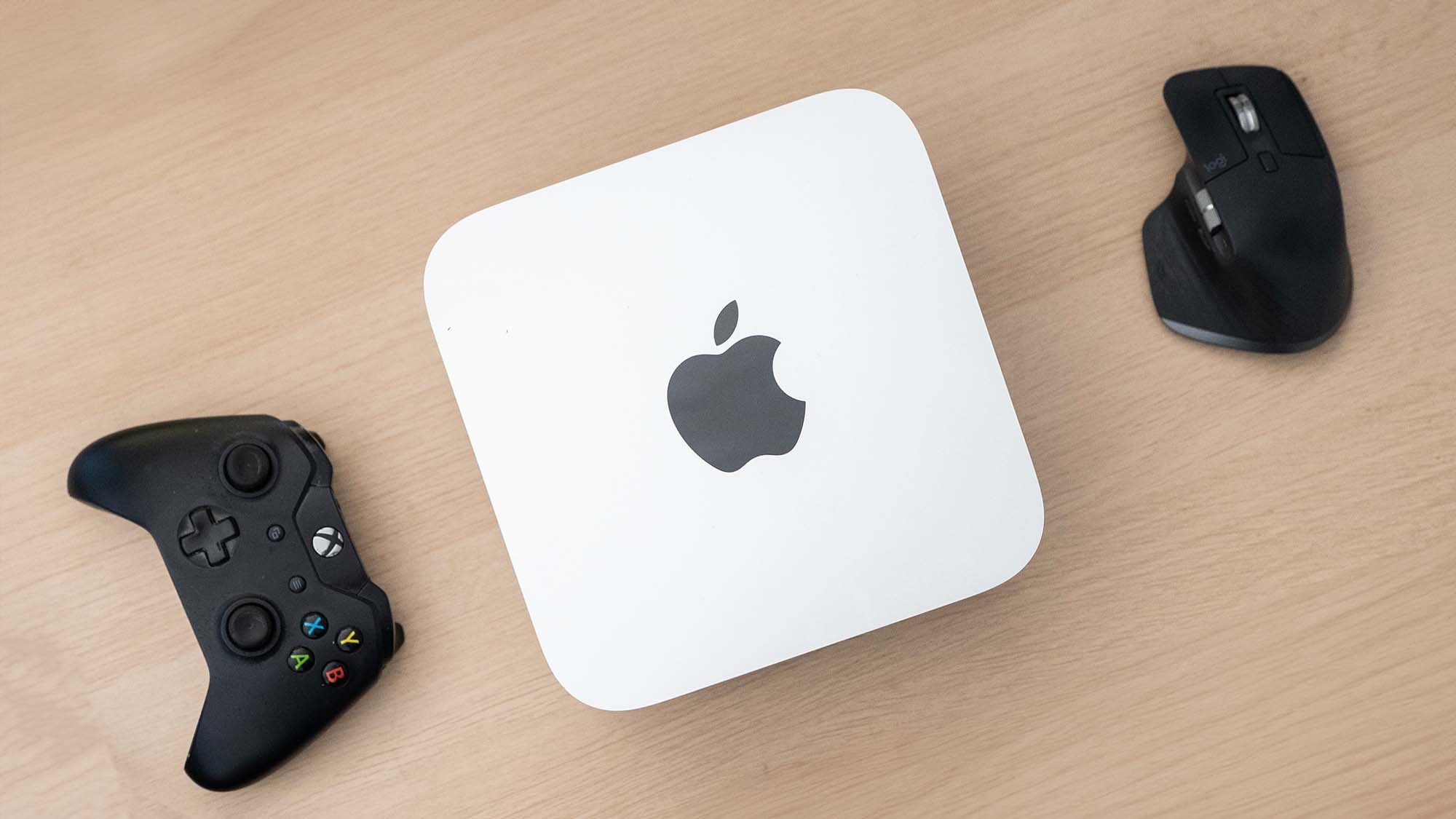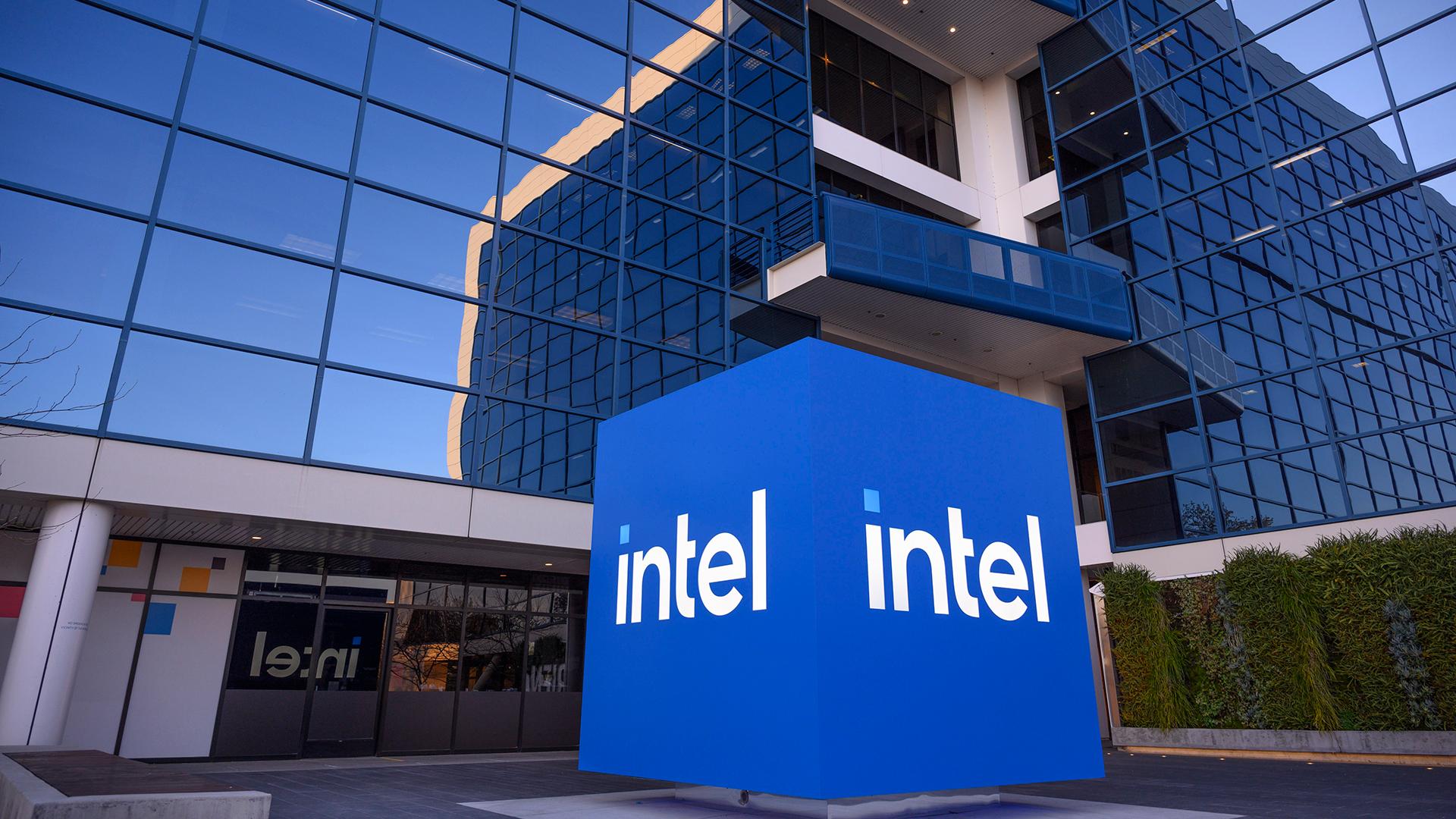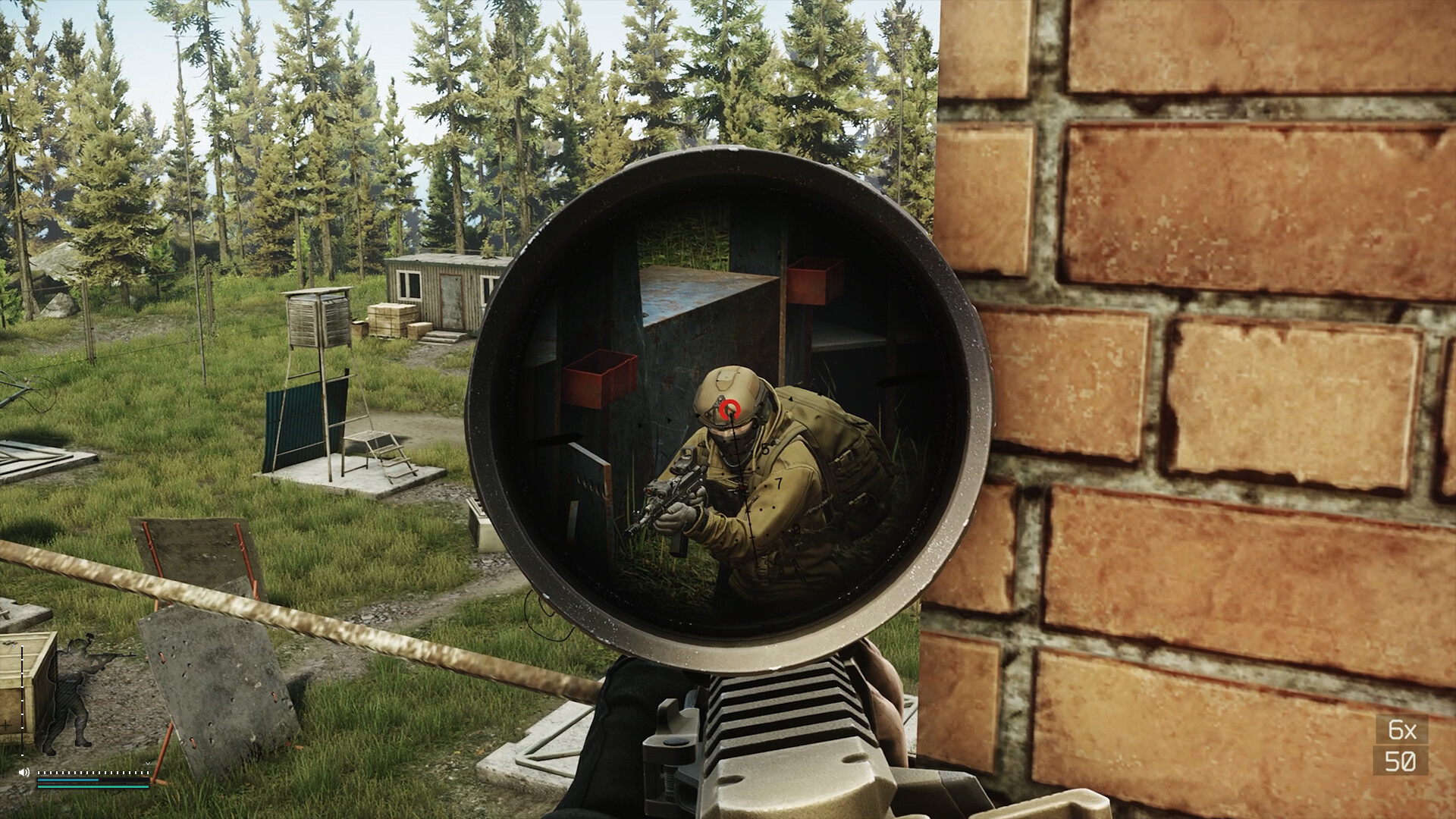In a major plot twist, Intel could soon be making chips for Apple once again, only this time, it'll be the Arm-based M-series
This wasn't on my 2025 bingo card. But then neither was the Nvidia collab.

Well, now this is unexpected. Analyst Ming-Chi Kuo has just revealed that Intel is expected to begin shipping Apple's M-series processors in 2027. This would mark a huge comeback of the partnership between the two companies, which Apple started to move away from in 2020.
Intel used to make chips for Apple, well, Apple used to use Intel CPUs, but those processors were based on x86 architecture—and, I'm sorry to say, were nowhere near as impressive as Apple's own M-series chips.
Apple's move to making its own chips signified an end to its partnership with Intel, but also the beginning of a new era, one where the M-series consistently obliterates its competitors in performance-per-watt.
Apple doesn't seem to be changing its mind where the M-series is concerned, though. This new partnership wouldn't involve switching back to an Intel processor, but rather it'd involve Intel manufacturing Apple M-series chips in its own foundries. Kuo revealed that Apple plans to use Intel's 18AP process node for this.

Ming-Chi Kuo teased that Apple's plan is for Intel to make its lowest-end M-series processor. Kuo didn't reveal whether this means the M7 or the M6, but the timeline points more toward the M7.
Intel expected to begin shipping Apple’s lowest-end M processor as early as 2027There have long been market rumors that Intel could become an advanced-node foundry supplier to Apple, but visibility around this had remained low. My latest industry surveys, however, indicate that…November 28, 2025
These chips would then end up in future MacBook Airs and some iPhones. This is in line with what Apple currently does with them. However, Kuo says that a new, more affordable MacBook might be on the horizon in 2026, one equipped with an iPhone-class CPU.
That sounds like it'd potentially reduce the demand for those Intel-made chips—but Kuo still expects some decent production volume in the 15 to 20 million units range.
Keep up to date with the most important stories and the best deals, as picked by the PC Gamer team.

We're still in speculation land here, but let's assume that everything Kuo says comes true. TSMC supplies the majority of Apple's M chips, and even if Intel were to take over 20 million units on the budget end of the scale, TSMC would still be the main supplier for Apple. Regardless of the relatively small production volume for Intel, though, this would still be a huge win for Team Blue.
Kuo remarked that the resurrection of the Intel/Apple partnership could be mutually beneficial.
Apple would get some brownie points for investing in chips made in the US and would be slightly less reliant on TSMC. Meanwhile, Intel would get some actual recognition for its foundry business—a much-needed light at the end of the tunnel after some tough times for the chipmaker.
If these rumours turn out to be true, it'll be safe to say that things are finally picking up for Intel. After a disappointing couple of consumer CPU generations, it's said to be working on a mighty comeback against AMD: Nova Lake with up to 52 cores and 288 MB of combined cache.
Getting back in with Apple would be another huge win on a whole other level. We'll have to wait and see if it pans out.

1. Best overall:
AMD Ryzen 7 9800X3D
2. Best budget:
AMD Ryzen 5 7600X
3. Best mid-range:
AMD Ryzen 7 9700X
4. Best high-end:
AMD Ryzen 9 9950X3D
5. Best AM4 upgrade:
AMD Ryzen 7 5700X3D
6. Best CPU graphics:
AMD Ryzen 7 8700G

Monica started her gaming journey playing Super Mario Bros on the SNES, but she quickly switched over to a PC and never looked back. These days, her gaming habits are all over the place, ranging from Pokémon and Spelunky 2 to World of Warcraft and Elden Ring. She built her first rig nearly two decades ago, and now, when she's not elbow-deep inside a PC case, she's probably getting paid to rant about the mess that is the GPU market. Outside of the endless battle between AMD and Nvidia, she writes about CPUs, gaming laptops, software, and peripherals. Her work has appeared in Digital Trends, TechRadar, Laptop Mag, SlashGear, Tom's Hardware, WePC, and more.
You must confirm your public display name before commenting
Please logout and then login again, you will then be prompted to enter your display name.

